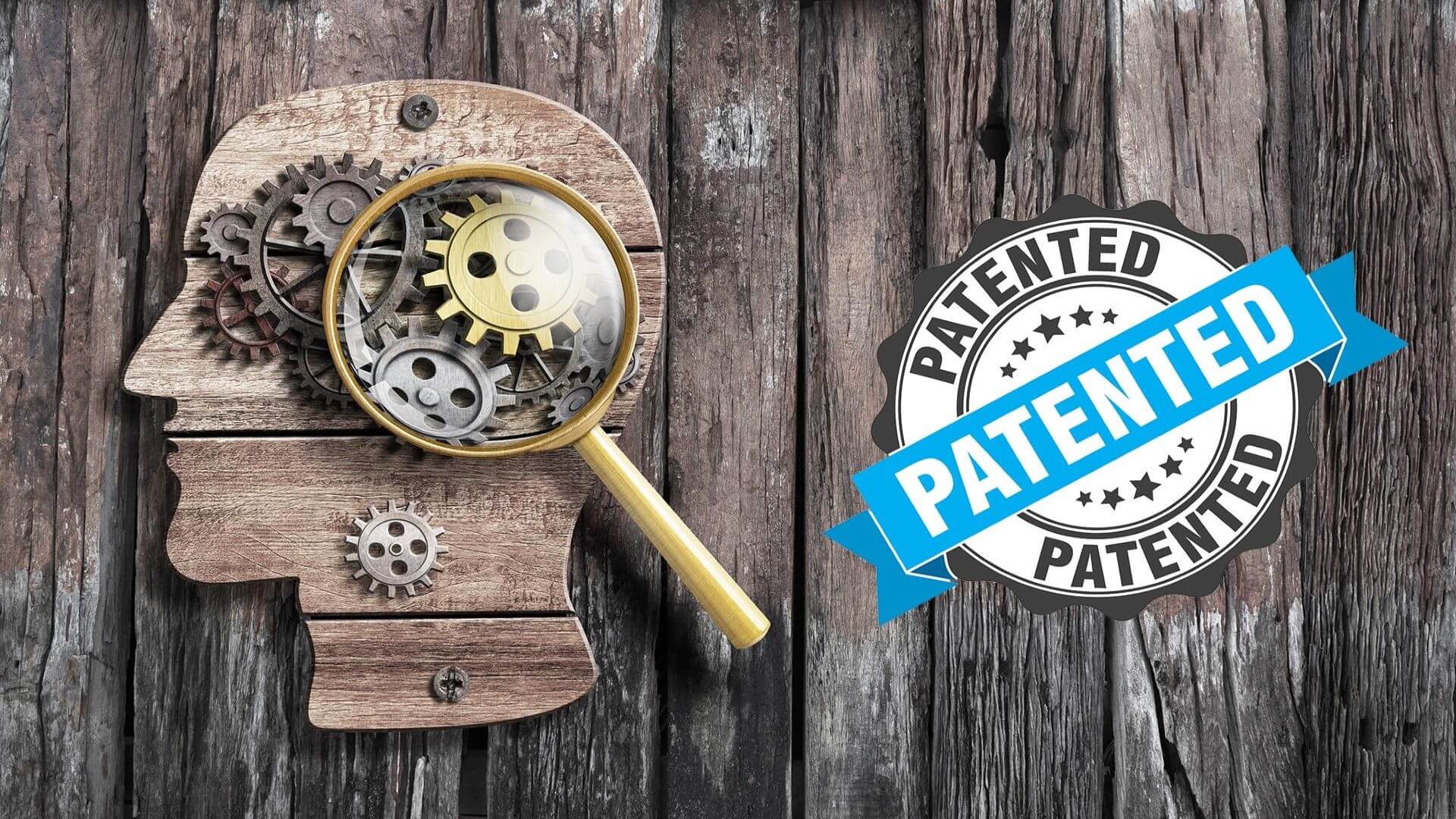In Parts One and Two of this Brief History of Patents series, we looked at the early history of patents, from the earliest forms of patents and patent systems to the creation of the first true cooperative international IP agreement in 1883. In Part Three of this series, we dive into the foundations of the European patent system, from the Strasbourg Patent Convention of 1963 to the European Patent Convention of 1973, the establishment of the European Patent Office, and the birth of international patent application standardization.
The Strasbourg Patent Convention of 1963 and the Harmonization of Substantive Patent Law in Europe
In September 1949, French Senator Henri Longchambon petitioned the Council of Europe to form Europe’s first patent office. The “Longchambon plan,” as his proposal was called, ultimately failed, but did manage to produce two novel and important conventions. The first focused on developing the formalities required for patent applications in 1953, while the other focused on an international framework for the classification of patents in 1954. This work ultimately led to the signature of the Strasbourg Patent Convention in 1963.
The Strasbourg Patent Convention is a multilateral treaty signed by 13 Member States of the Council of Europe on November 27, 1963, in Strasbourg, France. It established patentability criteria across member states and ushered a sweeping harmonization of substantive patent laws across European countries when it was finally enacted in 1980.
The Patent Cooperation Treaty (PCT) of 1970 and the Birth of International Patent Application Standardization
The Patent Cooperation Treaty (PCT) is an international patent law treaty, established in 1970 in Washington, D.C. that provides a harmonized procedure for filing patent applications in all of its contracting states. The Treaty, which was enacted in January 1978, initially counted 18 contracting states. It was amended in 1979, and has gone through two subsequent updates, one in 1984 and another in 2001.
As of 2019, PCT membership has grown to 152 contracting states, with total PCT applications filed since 1978 reaching 4 million. A patent application filed under the PCT is called an international application, or PCT application. The contracting states constitute the International Patent Cooperation Union.
Through this framework, a single filing of a PCT application can be made through a Receiving Office (RO) in a single language. Following a search performed by an International Searching Authority (ISA) and the drafting of an opinion regarding the patentability of the invention, a preliminary examination may be performed by an International Preliminary Examining Authority (IPEA).
Note that a PCT application does not itself result in the grant of a patent, since there is no such thing as an “international patent.” Therefore, the PCT procedure functions as a standardized patent application that must be followed up with the relevant national or regional patent granting authorities.
The European Patent Convention (EPC) of 1973 and the Establishment of the European Patent Office (EPO)
In 1973 the Diplomatic Conference for the setting up of a European System for the Grant of Patents took place in Munich, Germany, culminating in the signing of the multilateral treaty known as the European Patent Convention (EPC) of 1973, also known as “the Munich Convention.”
One of the most critical contributions of the EPC is the creation of the European Patent Organization (EPO), and the creation of an independent legal framework under which European patents may be granted through a single, harmonized procedure overseen by the EPO. A single patent application in one language may be filed with the EPO at its Munich, The Hague, or Berlin offices, or through a national patent office of any signatory states. The term “European Patent” is used to refer to patents granted under the EPC.
Though signed in 1973, the Convention did not go into effect until 1977, first in Belgium, France, Luxembourg, the Netherlands, Switzerland, the United Kingdom, and West Germany, then in 1978 for Sweden. The first patent application under the EPC was filed on June 1, 1978.
Note that the EPC is independent from the European Union (EU) and has been ratified by 38 countries.
One way to understand the EPC is to see it as both an extension of Article 19 of the Convention for the Protection of Industrial Property of 1883 and a regional patent treaty in the spirit of Article 45, paragraph 1, of the Patent Cooperation Treaty of 1970. This is an important insight, as the EPC currently does not have the legal power to grant any centrally enforceable patents in all 38 of its member countries. The application of the EPC is mostly voluntary, and each country is free to apply patent protections in accordance with their own national laws.
The Convention is comprised of 178 individual articles and additional texts. Among them, “Implementing Regulations to the Convention on the Grant of European patents” (also known simply as the “Implementing Regulations,” the “Protocol on Jurisdiction and the recognition of decisions in respect of the right to the grant of a European patent” (also known simply as the “Protocol on Recognition”). It also includes the “Protocol on Privileges and Immunities of the European Patent Organisation” (a.k.a. the “Protocol on Privileges and Immunities”), the “Protocol on the Centralisation of the European Patent System and on its Introduction” (a.k.a. “Protocol on Centralisation”, the “Protocol on the Interpretation of Article 69 of the Convention”, and the “Protocol on the Staff Complement of the European Patent Office at The Hague” (a.k.a. the “Protocol on Staff Complement”).
One of the most important articles of the Convention, at least with regard to patents, is 52(1): “Patentable inventions,” as it establishes the EPC’s legal framework of patentability for inventions. It states that:
“European patents shall be granted for any inventions, in all fields of technology, providing that they are new, involve an inventive step, and are susceptible of industrial application.”
The EPC also provides exclusions under Articles 52(2), 52(3) and 53. For instance, “discoveries, scientific theories, mathematical methods, aesthetic creations, schemes, rules and methods for performing mental acts, playing games or doing business, programs for computers, and presentations of information” are not regarded as inventions under the Convention, and are excluded from patentability. The exclusion of software (“programs for computers”) from the list of patentable inventions remains a point of contention for the EPC but note that EPO Boards of Appeal case law is prescriptive and not binding on EPO member states. This means that national courts and patent offices are free to take a different view of patentability under Article 52(2). Just because the EPO refuses to grant software a European patent doesn’t mean that a software developer can’t petition individual member states to grant a piece of software or code a patent in their own jurisdictions. Still, from a practical standpoint, while the EPC’s exclusion of software may have made sense in 1973, and again in 2000 when the EPC was updated, it seems outdated and inadequate in 2021, when so much innovation, from mobile technologies to AI, rely on software.
A diplomatic conference was held in Munich in 2000 to update the Convention by integrating updates to international law and strengthening the judicial review of decisions by Boards of Appeal. The revised text, informally called the EPC 2000, was enacted in December 2007.
The Strasbourg Convention has had a significant impact on the EPC, on national patent laws across Europe, on the Patent Cooperation Treaty (PCT), on the Patent Law Treaty (PLT) and on the WTO‘s TRIPS.
[Continue to Part 4]
Disclosure: Fatty Fish is a research and advisory firm that engages or has engaged in research, analysis, and advisory services with many technology companies, including those mentioned in this article. The author does not hold any equity positions with any company mentioned in this article.
Image Credit: Patent Rebel
The Fatty Fish Editorial Team includes a diverse group of industry analysts, researchers, and advisors who spend most of their days diving into the most important topics impacting the future of the technology sector. Our team focuses on the potential impact of tech-related IP policy, legislation, regulation, and litigation, along with critical global and geostrategic trends — and delivers content that makes it easier for journalists, lobbyists, and policy makers to understand these issues.
-
The Fatty Fish Editorial Teamhttps://staging-fattyfish.kinsta.cloud/author/fattyfish_editorial/January 14, 2022
-
The Fatty Fish Editorial Teamhttps://staging-fattyfish.kinsta.cloud/author/fattyfish_editorial/January 14, 2022
-
The Fatty Fish Editorial Teamhttps://staging-fattyfish.kinsta.cloud/author/fattyfish_editorial/January 14, 2022
-
The Fatty Fish Editorial Teamhttps://staging-fattyfish.kinsta.cloud/author/fattyfish_editorial/January 14, 2022












